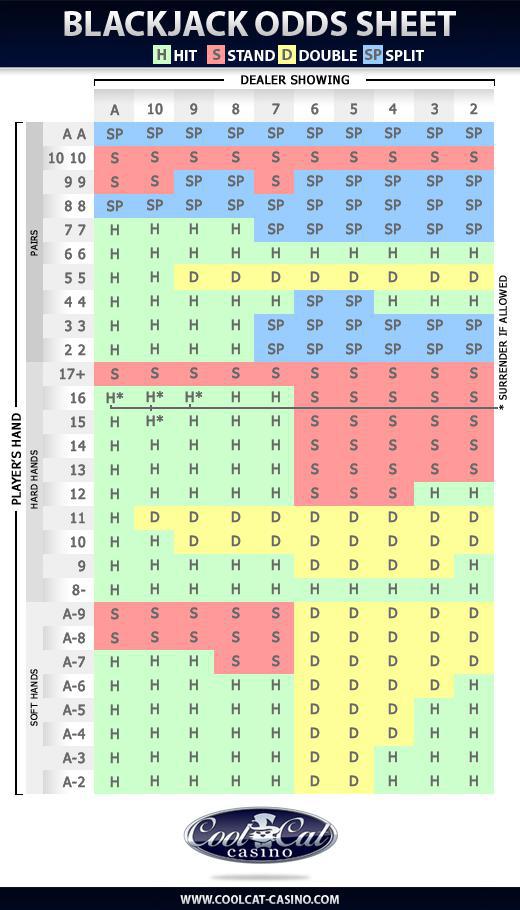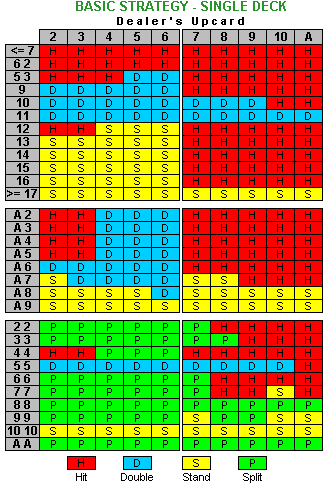How Many Blackjack Hands Can Be Dealt
By Henry Tamburin
No other hand makes blackjack players feel queasy than the dreaded 16. Players hate to hit the hand because they are afraid tobust. So many chicken out and stand no matter what the dealer shows. Others opt for the surrender option if it’s available figuring losing half a bet is better then losing it all. If your 16comes as a pair of 8’s most players are reluctant to split if the dealer shows a 9, 10, or ace because they are afraid of losing two bets instead of one. Then there is the 16 made up with anAce counted as 11 (i.e., soft 16). So what’s a player to do when he gets a 16?
- How Many Blackjack Hands Are Dealt Per Hour
- How Many Blackjack Hands Can Be Dealt
- How Many Blackjack Hands Can Be Dealt In A 52 Card Deck
The table on the left describes how often the following hands can appear. The hands are the first two-cards dealt to the player. The frequency stands for the average number of times dealt per deck of cards. As you can see, the most frequent hands dealt are the 'Decision hands' that demand knowledge of blackjack strategy. Here's what is in Professional Blackjack: 1 player: 248 hands per hour 2 players: 158 3 players: 116 4 players: 91 5 players: 76 6 players: 64 7 players: 56 Yes, many tables were cramped with 7 spots back then. I hope that you find this even a little helpful. Working with charities is one of the most noble and rewarding things that I can think of. In the game of blackjack a 2 card hand consisting of an ace and either a face card or a 10 is called a 'blackjack' if a standard 52 card deck is used determine how many blackjack hands can be dealt. (a face card is a jack, queen, or king).
First, let’s focus on a hard 16. That’s a hand that does not contain an Ace or if it does the Ace counts as one. Some examples of a hard 16 would be 10-6 or 5-7-4 or 7-8-Ace.
The correct basic playing strategy for hard 16 is to stand when the dealer shows a small card (2 through 6) and hit when the dealer shows a high card (7, 8, 9, 10, or Ace). Following thisplaying strategy will not guarantee that you will win every time but that you are more likely to lose less in the long run.. Let me explain.
Suppose you are dealt a 10-6 and the dealer shows a 7 upcard.
If you hit you win on average 30% of the time and lose 70%.
If you stand you will on average win 26% and lose 74%.
Note that you improve your chances of winning the hand by 4% if you hit rather than stand. But the dealer is still an overwhelming favorite to beat you because he will win 70% of the hands toyour 30%. But is it better to win 26% of the time by standing or 30% of the time by hitting? You should hit because it will increase your chance of winning by 4%, not much, but every percentagewill help you in the long run when you play blackjack.

So the bottom line with a hard 16 is this. Even by following the basic strategy, you will lose more hands than you win but in the long run, you will lose less than following a seat-of-the-pantsstrategy. Losing less on hands where you are the underdog is just as important as winning more when you are the favorite.
What if your 16 consists of three or more cards like 5-7-4? Normally the basic strategy ignores the composition of the hand. However, if you have a hard 16 hand consisting of three or morecards, then you should stand when the dealer has a 10 showing. The reason is that you have consumed a few of the small cards that you need if you were to draw. This tips the odds in favor ofstanding.
Some casinos allow players to surrender. This means you give up the opportunity to play out your hand and automatically lose half your bet. Even when surrender is offered, most players don’tlike “giving up” without a fight. So they rarely surrender. That’s unfortunate because surrendering a hard 16 when the dealer shows a 9, 10, or Ace will save you more money in the long run thanhitting. In fact, surrender is always the best option when your chance of winning a hand is less than 25%. Take the hand of hard 16 against a 10. If we hit our chance of winning is 23.4%. Thismeans the dealer’s chance of beating us is 76.6%. If we played a hundred hard 16’s against the dealer 10 with those probabilities, we would end up winning about $23 and losing $77 for a netloss of $54 on average. By surrendering on every hand our net loss would be $50. Get the point? You are better off losing $50 then $54 which is why surrendering a hard 16 against a 10 is thebetter play because you will save $4.
If you happen to be dealt a soft 16 (like Ace-5), you should never surrender and you should never stand. Your first option is to double but only if the dealer shows a weak 4, 5, or 6 upcard. Ifnot, then hit.
Finally, we have a pair of 8’s. The correct basic strategy play is to always split the 8’s no matter what the dealer shows. Even though you will lose money on both 8’s when you split, thecombined loss, in the long run, will be less than the amount you will lose by playing the one hand as a 16. Splitting 8’s against a dealer 10, by the way, is also a slightly better play thensurrendering.

How Many Blackjack Hands Are Dealt Per Hour
No question that 16 is a lousy blackjack hand. Unfortunately, it’s one of the most frequent hands you are going to be dealt in blackjack. But, by following the above playing strategy you willbe optimizing your chances of winning more, and losing less, in the long run. It’s the smart way to play blackjack.
How Many Blackjack Hands Can Be Dealt

How Many Blackjack Hands Can Be Dealt In A 52 Card Deck
Henry Tamburin has been a respected casino gambling writer for the past 50 years. He is the author of the Ultimate Blackjack Strategy Guide and was editor of the BlackjackInsider newsletter. You can read his latest articles on blackjack, video poker, and his personal playing experiences at https://www.888casino.com/blog/writers/henry-tamburin